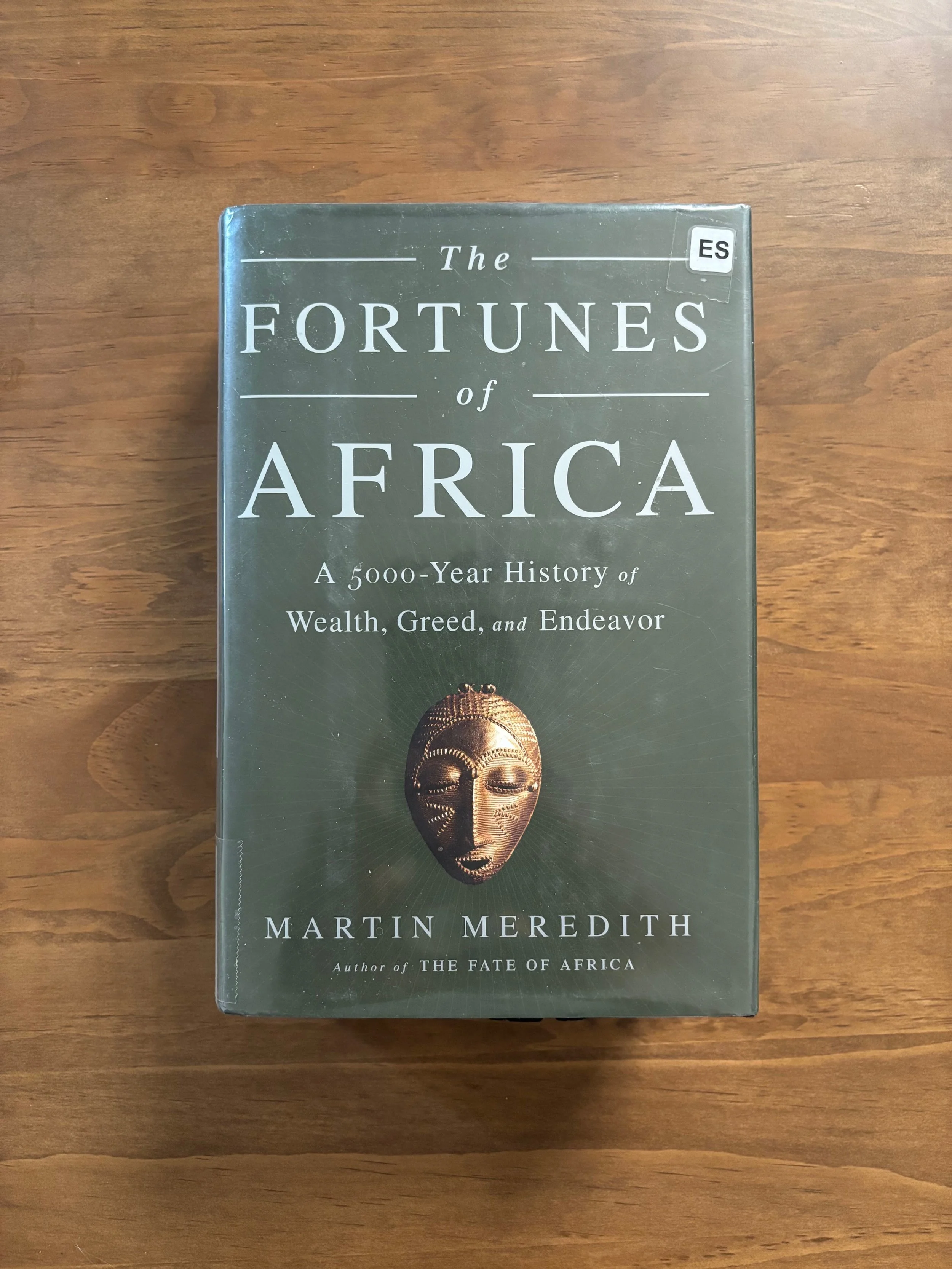The Fortunes of Africa by Martin Meredith
“While traffic in slaves formed only a minor part of the merchandise crossing the western Sahara, in the central Sahara it was the mainstay of trade. The Saifawa dynasty that ruled Kanem had no other commodity with which to trade. Black tribes to the south of Lake Chad were regularly raided for slaves. Under Islamic law, they were defined as kafirun — pagans practising traditional religions with many gods and no the one God of Islam — and therefore a legitimate target for slavery; slavery and the slave trade were both sanctioned by Islam. Slaves were marched across the desert to Zawila, a trading base in the Fezzan, and from there sent on to Tunis, Tripoli, Cyrenaica, Egypt and beyond to western Asia. The demand for black slaves remained high. Eunuchs were the most highly prized and gained the highest price. Their value was enhanced all the more by the casualty rate from castration: as many as nine out of every ten boys did not survive the operation. Some slaves serve din the military forces of Muslim rulers; some worked in mines or agriculture. The majority were female slaves who were bought by prosperous urban households for use as servants and concubines. The average ‘service life’ or s alve — the time between final purchase and manumission or death — was no more than about seven years, so the need for replacements kept demand high. In exchange, the Kanemis purchased horses and weapons with which to continue their raids. A good horse could cost between ten and thirty slaves. Modern researchers, endeavouring to estimate the scale of the trans-Saharan trade in the nine centuries before 1500, calculate that the level in the seventh century stood at about 1,000 slaves a year and that by the fifteenth century it had reached about 5,000 a year. This meant that the total number of slaves taken across the desert in that period was more than four million.”
&
”Most slaves were war captives, but others were condemned criminals, kidnap victims, political prisoners or family members sold for debt or for food in time of famine. Enslavement became a common method for disposing of troublesome individuals of every kind. ‘Since the Slave-Trade has been us’d,’ wrote Francis Moore who traded in slaves on the Gambia River in the 1730s, ‘all Punishments are chang’d into Slavery; there being an Advantage on such Condemnations, they strain for Crimes very hard, in order to get the Benefit of selling the Criminal. Not only murder, Theft and Adultery, are punish’d by selling the Criminal for a Slave, but every trifling Crime is punish’d in the same manner.’”
&
”The main destination for slave ships leaving the ports of Angola and Kongo was Brazil. More than half the number of slaves exported by the Portuguese from west-central Africa went to Brazil, a journey lasting from five to eight weeks; the rest were taken to the Caribbean and the plantation states of North America. The casualty rate during the various stages of enslavement was high. One modern estimate is that for every hundred Africans enslaved for export from Angola in the last decades of the eighteenth century, ten may have died through capture, twenty-two on the way to the coast, ten in coastal towns, six at sea, and three in the Americas before starting work, leaving less than half to work as slaves.”
-Martin Meredith, 2014


